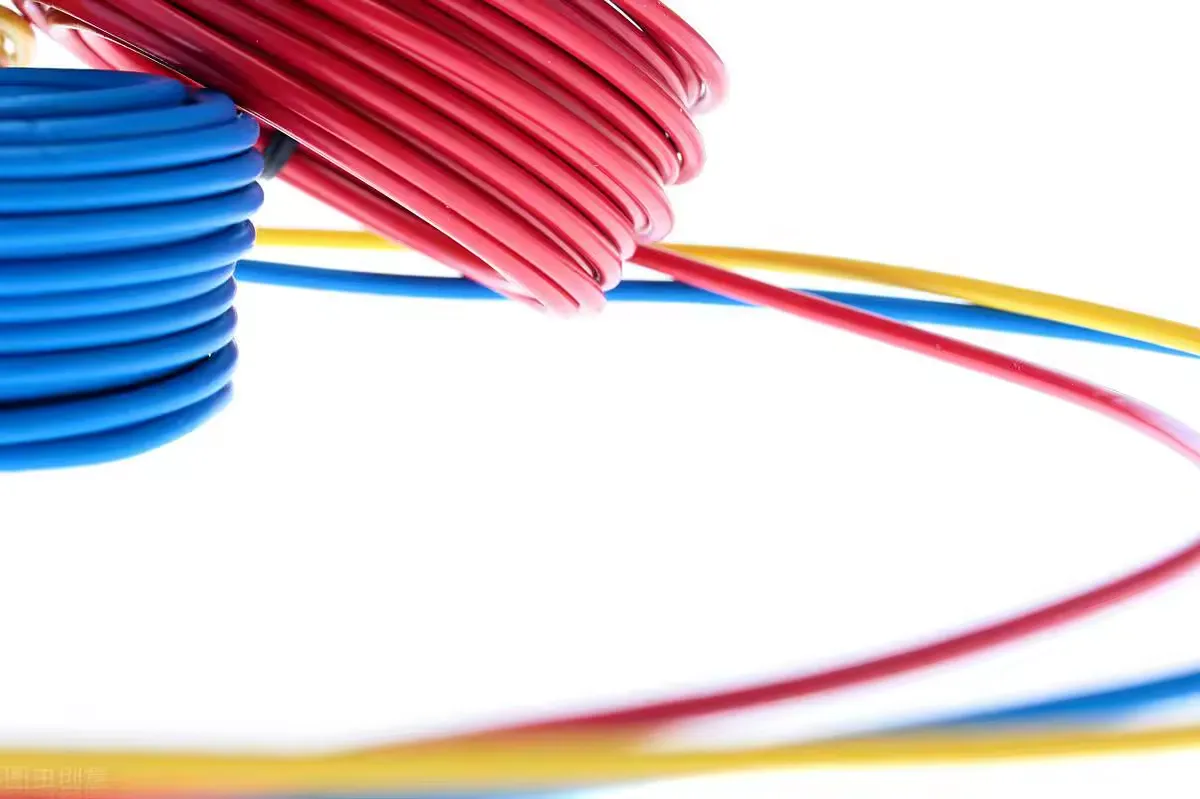Power Cable Types Explained: XLPE, PVC, and More
Time: 2025-05-30 01:48:50
Source: Henan Province Jianyun Cable Co., Ltd.
1. Introduction
Power cables are essential components in electrical systems, designed to transmit and distribute electrical energy efficiently and safely. The choice of cable type depends on factors such as voltage, environmental conditions, and application requirements. This document provides a detailed explanation of common power cable insulation types, including Cross-Linked Polyethylene (XLPE), Polyvinyl Chloride (PVC), and other relevant materials, focusing on their properties, applications, and differences.
2. XLPE (Cross-Linked Polyethylene) Cables
XLPE cables are insulated with cross-linked polyethylene, a material formed by chemically bonding polyethylene molecules to enhance its thermal and mechanical properties.
Properties
-
High Thermal Resistance: Withstands continuous operating temperatures up to 90°C and short-circuit temperatures up to 250°C.
-
Excellent Electrical Insulation: Low dielectric loss and high insulation resistance ensure efficient power transmission.
-
Moisture and Chemical Resistance: Resistant to water, oils, and chemicals, enhancing durability.
-
Mechanical Strength: Good resistance to abrasion and impact, reducing physical damage risks.
Applications
-
High-voltage and medium-voltage power distribution networks (up to 500 kV).
-
Underground and submarine cables due to moisture resistance.
-
Industrial settings, renewable energy systems (e.g., solar and wind farms), and urban power grids.
Advantages
-
Longer lifespan (30–40 years).
-
Lower maintenance costs due to durability.
-
Suitable for both low- and high-voltage applications.
Disadvantages
-
Higher initial cost compared to PVC.
-
Complex manufacturing process increases production costs.
Back to Top
3. PVC (Polyvinyl Chloride) Cables
PVC cables use polyvinyl chloride as the primary insulation material, known for its versatility and cost-effectiveness.
Properties
-
Moderate Thermal Resistance: Rated for operating temperatures up to 70°C, with short-circuit temperatures up to 160°C.
-
Good Electrical Insulation: Adequate for low- and medium-voltage applications.
-
Chemical Resistance: Resistant to acids, alkalis, and some oils, but less robust than XLPE.
-
Flexibility: Easier to handle and install in confined spaces.
Applications
-
Low-voltage applications (up to 1 kV), such as residential wiring and building installations.
-
Indoor and outdoor applications where cost is a primary concern.
-
Control cables and communication systems.
Advantages
-
Cost-effective for budget-conscious projects.
-
Easy to process and install due to flexibility.
-
Flame-retardant properties (with additives) enhance safety.
Disadvantages
-
Limited temperature and voltage range compared to XLPE.
-
Susceptible to degradation under UV light or extreme conditions.
-
Releases toxic fumes when burned, posing risks in fire scenarios.
Back to Top
4. Other Common Power Cable Types
Beyond XLPE and PVC, several other insulation materials are used in power cables, each suited to specific applications.
EPR (Ethylene Propylene Rubber)
-
Properties: Highly flexible, with excellent thermal stability (up to 90°C continuous, 250°C short-circuit) and resistance to moisture, chemicals, and ozone.
-
Applications: Industrial power systems, mining, and marine environments.
-
Advantages: Superior flexibility and environmental resistance.
-
Disadvantages: More expensive than PVC and sometimes XLPE.
PE (Polyethylene)
-
Properties: Good electrical insulation but lower thermal resistance (up to 70°C). Susceptible to environmental stress cracking.
-
Applications: Low-voltage cables and telecommunications.
-
Advantages: Lightweight and cost-effective.
-
Disadvantages: Less durable than XLPE or EPR.
Rubber-Based Insulation (e.g., Neoprene, Silicone Rubber)
-
Properties: Highly flexible, resistant to extreme temperatures (up to 180°C for silicone) and flames.
-
Applications: Portable power cords, welding cables, and high-temperature environments.
-
Advantages: Exceptional flexibility and heat resistance.
-
Disadvantages: Higher cost and lower mechanical strength.
Paper-Insulated Cables (e.g., PILC)
-
Properties: Oil-impregnated paper with excellent dielectric properties, typically encased in lead.
-
Applications: Older high-voltage underground systems.
-
Advantages: Reliable for high-voltage with proven longevity.
-
Disadvantages: Heavy, difficult to install, and susceptible to moisture if damaged.
Back to Top
5. Comparison of XLPE, PVC, and Other Cables
|
Feature
|
XLPE
|
PVC
|
EPR
|
PE
|
Rubber
|
|
Voltage Range
|
Low to high (up to 500 kV)
|
Low to medium (up to 1 kV)
|
Medium to high (up to 33 kV)
|
Low (up to 1 kV)
|
Low to medium (up to 11 kV)
|
|
Operating Temperature
|
Up to 90°C
|
Up to 70°C
|
Up to 90°C
|
Up to 70°C
|
Up to 180°C (silicone)
|
|
Flexibility
|
Moderate
|
High
|
Very high
|
Moderate
|
Very high
|
|
Moisture Resistance
|
Excellent
|
Moderate
|
Excellent
|
Moderate
|
Good
|
|
Cost
|
High
|
Low
|
High
|
Low
|
Moderate to high
|
|
Common Applications
|
Power distribution, underground
|
Residential, commercial wiring
|
Industrial, mining
|
Telecom, low-voltage wiring
|
Welding, portable equipment
|
Back to Top
6. Factors to Consider When Choosing a Power Cable
-
Voltage Rating: Ensure the cable’s insulation can handle the system’s voltage.
-
Environmental Conditions: Consider exposure to moisture, chemicals, UV light, or extreme temperatures.
-
Mechanical Requirements: Flexibility, tensile strength, and abrasion resistance are critical for dynamic environments.
-
Fire Safety: Flame-retardant or low-smoke, zero-halogen (LSZH) cables may be required for indoor applications.
-
Cost vs. Performance: Balance initial costs with long-term durability and maintenance needs.
Back to Top
7. Conclusion
XLPE cables are preferred for high-voltage and demanding environments due to their superior thermal and electrical properties. PVC cables are cost-effective and suitable for low-voltage applications. Other materials like EPR, PE, and rubber cater to specialized needs, such as flexibility or high-temperature resistance. Selecting the appropriate cable type requires a thorough assessment of the application’s electrical, environmental, and budgetary requirements to ensure safety, reliability, and efficiency.
For further details on specific cable standards (e.g., IEC, IEEE) or assistance with a particular application, please provide additional context.
Back to Top
